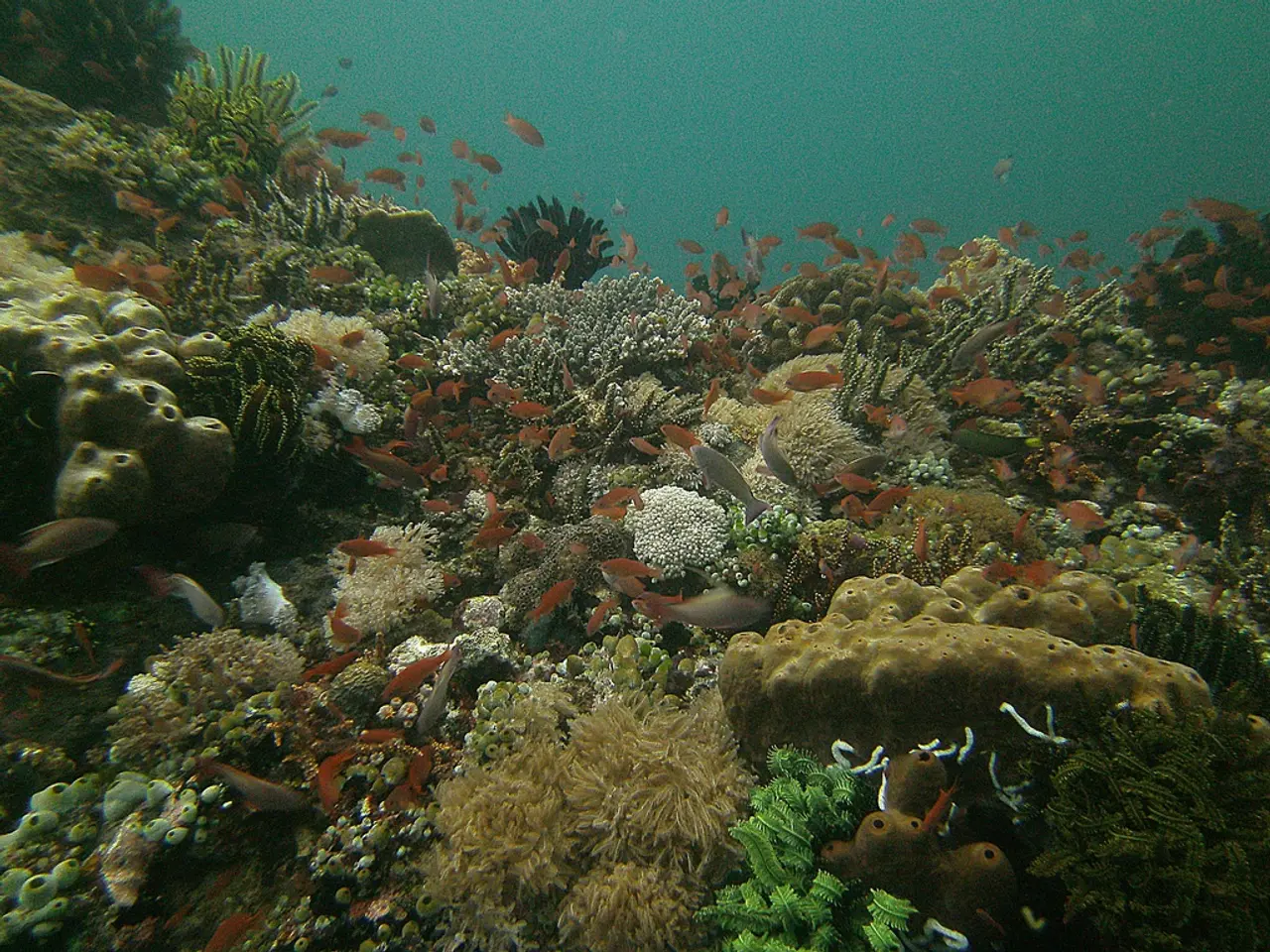Exploring Milford Sound: A Journey Beneath Majestic Fjord Cliffs
**Exploring the Underwater Wonders of Milford Sound**
Nestled in the southwest section of New Zealand's South Island, Milford Sound presents an unparalleled diving experience for both novice and experienced divers. This giant fjord, 15km long and boasting sheer rocks rising 1,200 meters on each side, is home to a rich and diverse marine life, making it an exciting destination for underwater photography enthusiasts.
The unique underwater environment of Milford Sound is largely due to the "Fiordland effect." A layer of cold fresh water sits atop the seawater, creating unusual conditions that allow black corals and cup corals to thrive at accessible depths. Divers may encounter a variety of wildlife, including bottlenose dolphins, New Zealand fur seals, and even Fiordland crested penguins above water.
The diving season in Milford Sound spans from October to March, during which the salt water temperature ranges from 12 degrees Celsius in October to 14 degrees as you get close to March. The water conditions can be highly weather-dependent, with steep walls, deep bottoms, and variable water movements creating a challenging but rewarding environment for divers.
For those new to diving or not accustomed to cold water, the divemaster, Alex, from Tawaki Adventures, provides professional service and high-quality gear, ensuring a safe and enjoyable experience. Alex is skilled at handling beginner divers or divers not used to cold water, making them feel at ease during the dive.
The Milford Sound Dive Experience involves diving through a layer of cold fresh water, followed by cold salt water filled with life. The visibility underwater is usually between 10-12 meters, providing a clear view of the dramatic underwater landscapes and diverse marine life.
The drive from Te Anau to Milford Sound offers stunning beauty, with the journey complementing the diving experience. After the dives, a small boat takes you onshore for an "adventure" that includes sitting underneath a waterfall.
Photographers will find the presence of unique corals like black corals, as well as varied marine species, provides excellent subject matter for underwater photography. Due to the freshwater layer and the distinct underwater landscape shaped by the fjord’s walls, photos can capture dramatic depth and contrast. However, photographers should be prepared for variable lighting and water clarity, as conditions can change with weather and depth.
The remote location means photographers must rely on specialized dive tours or charters that understand the local environment and can provide access to optimal sites. Proper preparation and guided diving greatly enhance the experience in this remote and remarkable fjord.
In conclusion, Milford Sound offers an exceptional, though sometimes demanding, diving and underwater photography experience characterized by rare coral species, diverse marine life, and dramatic underwater landscapes. Prepare for a journey like no other as you delve into the depths of this extraordinary fjord.
[1] Milford Sound Dive, (2021). Milford Sound Dive. Retrieved from https://www.milfordsounddive.co.nz/ [2] New Zealand Department of Conservation, (2021). Fiordland. Retrieved from https://www.doc.govt.nz/parks-and-recreation/places-to-go/southland/places/fiordland-national-park/things-to-do/things-to-do-in-fiordland-national-park/
- Milford Sound, a fjord nestled in New Zealand's South Island's southwest, offers an unparalleled diving experience for both beginners and experts, making it a thrilling destination for underwater photography enthusiasts.
- The unique underwater environment of Milford Sound is predominantly due to the "Fiordland effect," which allows black corals and cup corals to flourish at accessible depths.
- Divers in Milford Sound may encounter various wildlife, such as bottlenose dolphins, New Zealand fur seals, and even Fiordland crested penguins above water.
- The diving season in Milford Sound lasts from October to March, with the water temperature ranging from 12 to 14 degrees Celsius.
- Diving conditions in Milford Sound can be challenging due to steep walls, deep bottoms, and variable water movements, but they are also rewarding for those who brave them.
- For novice divers or those unaccustomed to cold water, a guide like Alex from Tawaki Adventures ensures a safe and enjoyable diving experience with high-quality gear.
- The Milford Sound Dive Experience involves diving through layers of cold fresh water and salt water teeming with life, with visibility typically between 10-12 meters underwater.
- The drive from Te Anau to Milford Sound offers breathtaking views, enhancing the diving experience before and after the dive.
- Photographers will find Milford Sound’s unique corals and diverse marine life provide excellent subject matter for underwater photography, with opportunities to capture dramatic depth and contrast.
- Due to the freshwater layer and the distinct underwater landscape shaped by the fjord’s walls, photographers should be prepared for variable lighting and water clarity.
- To fully enjoy the remote and remarkable fjord, photographers must rely on specialized dive tours or charters that understand the local environment and can provide access to optimal sites.
- Milford Sound offers an exceptional diving and underwater photography experience characterized by rare coral species, diverse marine life, and dramatic underwater landscapes, making it a journey like no other into the fjord's depths.





